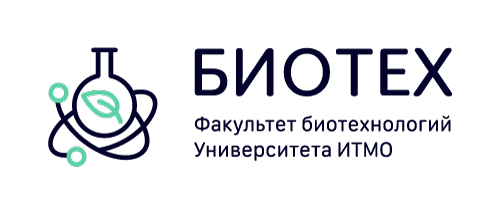
Исследования
- МЕНЮ
- МЕРОПРИЯТИЯ
- ПОСТУПЛЕНИЕ
Образование

Chiu, H.-F., Venkatakrishnan, K., Golovinskaia, O., Wang, C.-K.
Nutrients 2021, 13 (2), 1–19
2021
Hypertension (HT) is one of the pivotal risk factors for various detrimental diseases like cardiovascular diseases (CVDs), cerebrovascular disease, and renal dysfunction. Currently, many researchers are paying immense attention to various diet formula (dietary approach) with a special focus on micro and macronutrients along with modified lifestyle and standard anti-hypertensive drugs. Micronutrients (minerals/vitamins) play a central role in the regulation of blood pressure (BP) as they aid the function of macronutrients and also improve the anti-hypertensive functions of some anti-hypertensive agents. Even though several studies have demonstrated the beneficial effects of micronutrients on controlling BP, still some ambiguity exists among the nutritionists/doctors, which combination or individual mineral (dietary approach) contributes to better BP regulation. Therefore, this critical review article was attempted to delineate the underlying role of micronutrients (minerals and vitamins) for the management and prevention or delaying of HT and their related complications with strong affirmation from clinical trials as well as its mechanism of controlling BP. Moreover, the major source and recommended daily allowance (RDA) of various micronutrients are included in this review for guiding common readers (especially HT subjects) and dieticians to choose/recommend a better micronutrient and their combinations (other nutrients and standard anti-hypertensive drugs) for lowering the risk of HT and its related co-morbid conditions like CVDs.